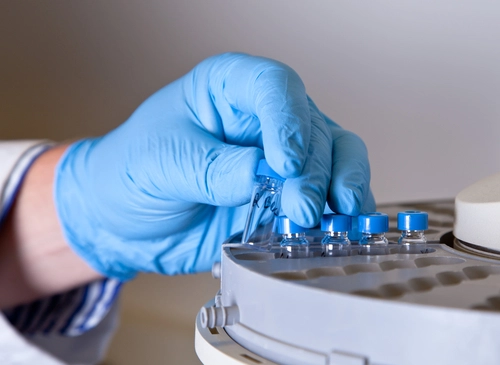CPT® 2016 Pares Down Chromatography Choices

Changes compliment 2015 drug overhaul.
By now, you should have adjusted to last years’ massive CPT® drug coding facelift, but today it’s time to prepare for some related coding changes you can expect in 2016.
Simplify Non-Drug Chromatography
You currently have 12 codes for reporting chromatography and/or mass spectrometry (MS) procedures to identify analytes that CPT® does not specifically list in another code.
Now CPT® 2016 has plans to delete 10 of those codes (82486-82492, 82541, 82543, 82544, and 83788). Beginning January 1, you’ll have just two codes left to choose from for reporting these procedures. CPT® 2016 revises the codes as follows:
Non-drug: Both codes now specify that you should use these codes only for “nondrug” analytes. That meshes with the 2015 drug-coding overhaul that provides other codes for testing for drug analytes that are not otherwise specified (NOS). For drug testing, use one of the following codes, even if the procedure uses chromatography or MS methodology:
Watch for Medicare Rules
Medicare still won’t recognize the CPT® drug testing codes, but now the agency seems poised to overthrow its own recommendation that labs use just two drug codes for 2016.
You read about CMS’s drug coding proposal in “Toxicology: Expect Just Two Medicare Drug Test Codes for 2016” (Pathology/Lab Coding Alert Volume 16, Number 9). Now CMS’s preliminary payment determinations are available (www.cms.gov/Medicare/Medicare-Fee-for-Service-Payment/ClinicalLabFeeSched/Downloads/CLFS-CY2016-Preliminary-Payment-Determinations.pdf), and the agency replaced the two-code solution with a different proposal that aligns with some prior stakeholder recommendations.
For instance: Create two codes for presumptive testing and four codes for definitive testing, recommended JoAnne Glisson, senior vice president of the American Clinical Laboratory Association (ACLA) in an open letter to CMS.
Done: For presumptive drug testing, the current CMS proposal creates three G codes representing ascending test difficulty. For definitive drug testing, the CMS proposal creates four tiered G codes based on number of drug classes tested. The agency has not yet assigned code numbers or finalized the proposal.




